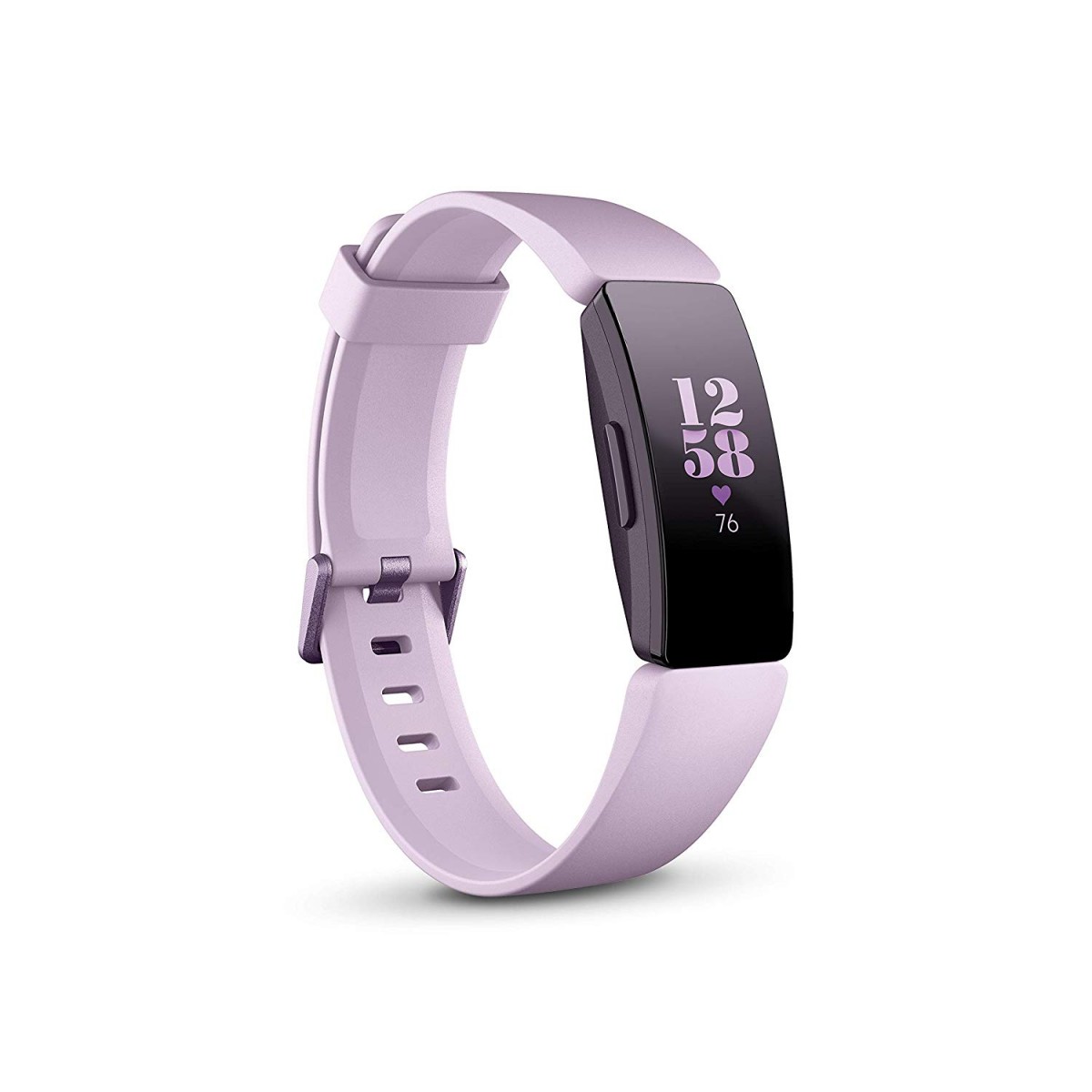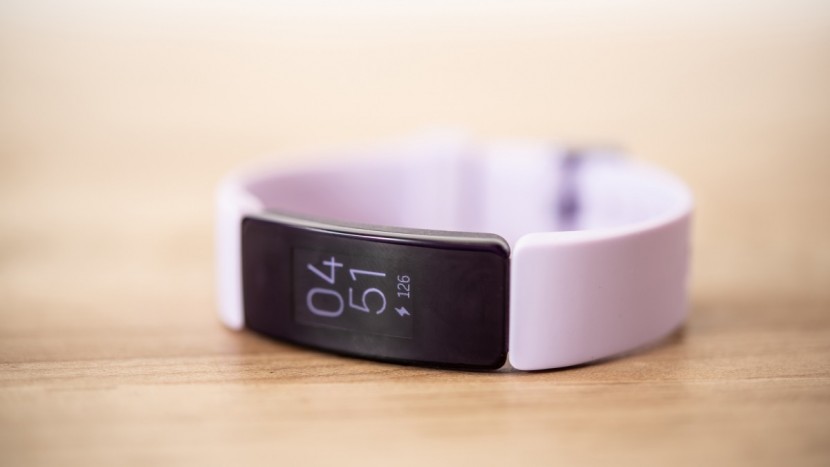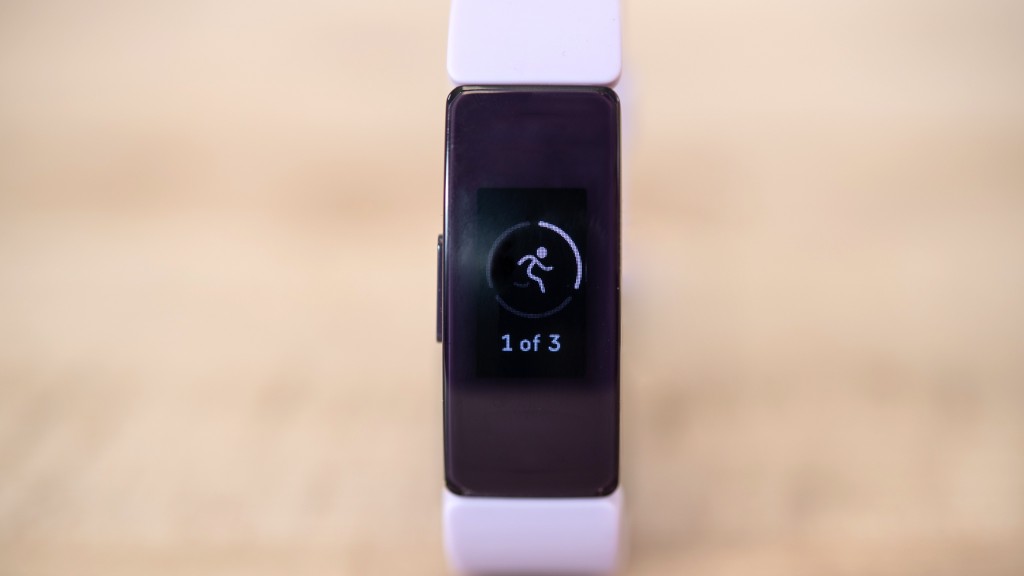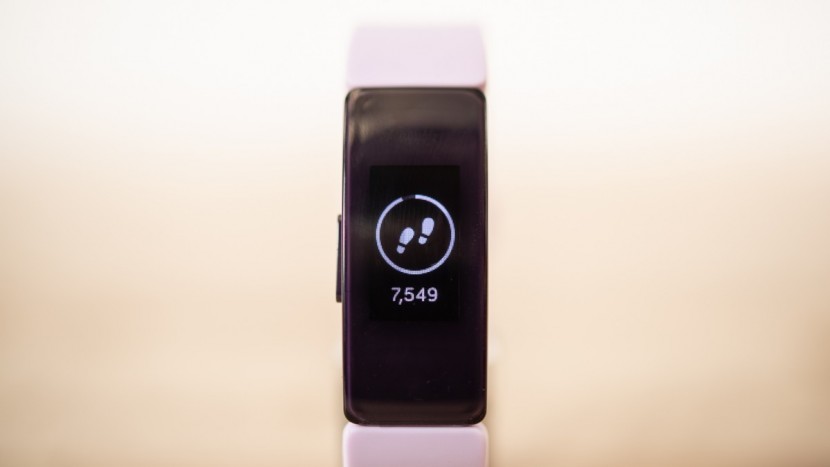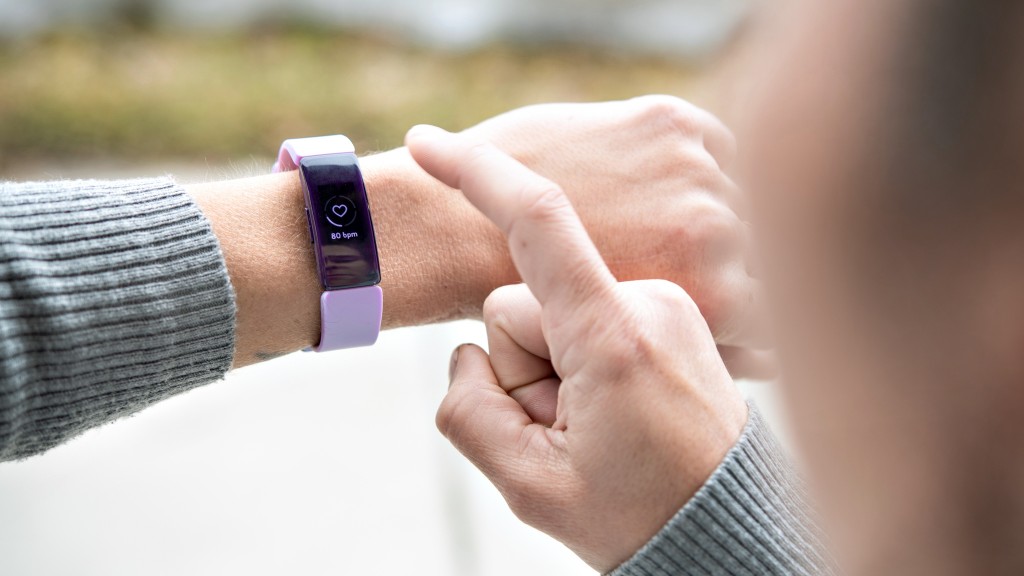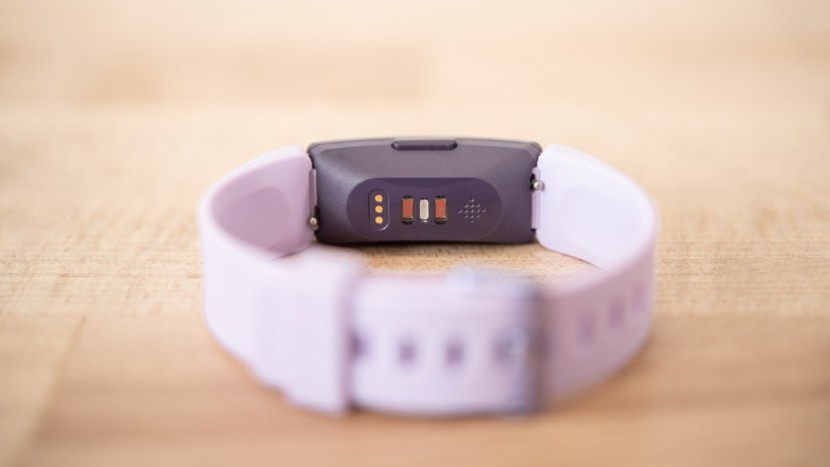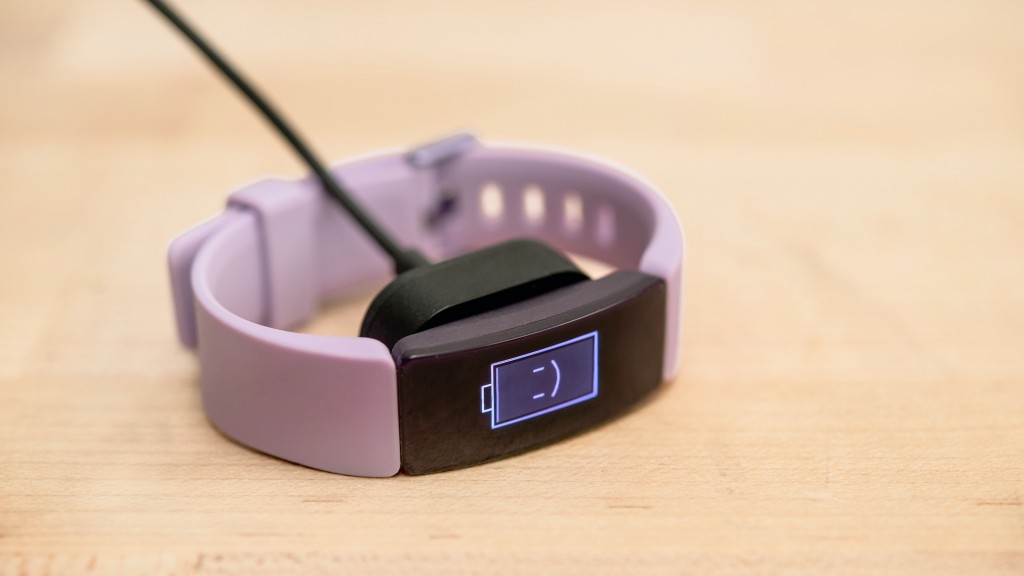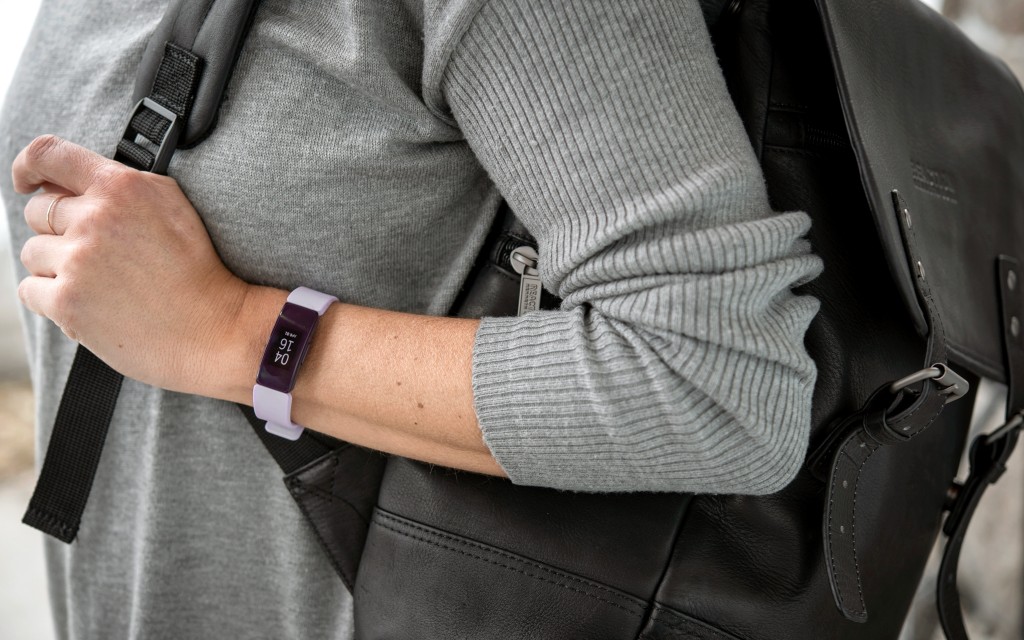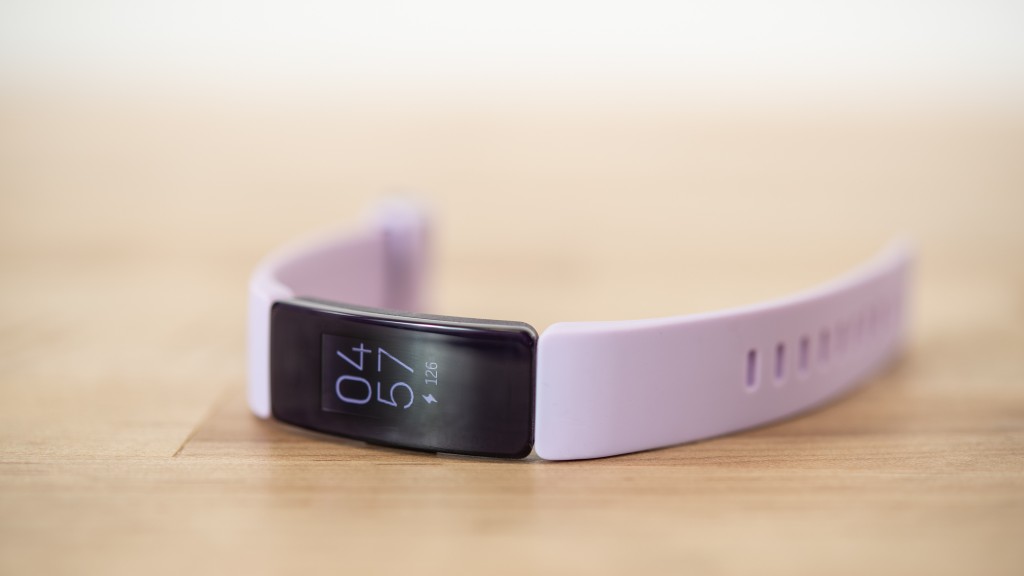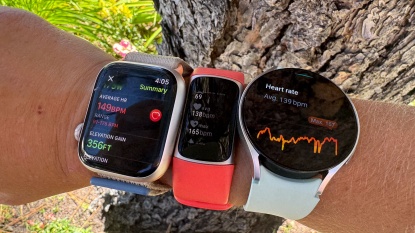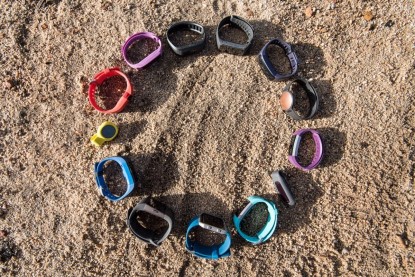Fitbit Inspire HR Review
Our Verdict
Our Analysis and Test Results
The Fitbit Inspire HR finished in the upper portion of the group, just behind the Samsung Gear Fit2 Pro and ahead of the Garmin Vivoactive 3. All three of these are about the same in terms of fitness monitoring capabilities, but the Gear Fit2 Pro has a slight edge when it comes to ergonomics and health impact. The Vivoactive 3 has the best display of the group, but both the Inspire and the Samsung are a little easier to use. However, the Inspire is significantly less expensive than the Gear Fit2 and costs about one-third of what the Garmin does, making it the best value by far.
If you are shopping on a tight budget and don't really care about monitoring your heart rate, the Fitbit Inspire retails for a little bit less than the Fitbit Inspire HR and performs practically identically, with the omission of the heart rate sensor.
Fitness Impact
Fitness impact is understandably the most important metric for fitness trackers, thus accounting for 40% of the total score for each one. To determine scores, we looked at the accuracy of the Inspire HR when it came to counting steps and flights of stairs climbed. We also looked at how it did at tracking cycling metrics, cardio workout metrics, and the number of different trackable profiles. Finally, we also looked at the social aspect of these trackers — how easy they make it for you to compete and share your progress with your friends and family for that little bit of extra motivation to get up and get active.
The Inspire HR is very accurate when it comes to counting steps, only varying from the true manual count by 45 steps at most in any of our mile-long trials. It was even more accurate in our other trials, leading to an average step count discrepancy of only 1.4% for a mile walk or 2,135 steps or so.
Additionally, it did very well at estimating distance, recording our mile-long walks as 0.96 miles on average. The Inspire also delivered a solid performance in our cycling tracking tests — as long as you have your smartphone with you. The Inspire HR doesn't have an integrated GPS module, relying on the GPS unit in your smartphone to get the data to show your route and speed. When the tracker is connected to your phone, it provides you with the top and average speed of your ride, as well as the distance, route, and duration. Unfortunately, it does not show you the elevation traveled.
The Inspire wasn't quite as impressive when it came to monitoring performance for a generic workout. Unlike some of the top-tier models, it doesn't give you the option to use the GPS when you select “Workout”. During the workout, it shows you the time, duration, current heart rate, and calories burned. After the workout, the device shows your total time, calories burned, and average and maximum heart rate, but the companion app will also show you your heart rate and calories burned by zone and time.
It has a handful of different workout profiles to track — run, bike, swim, treadmill, weights, interval workout, workout, elliptical, hiking, golf, stair climber, tennis, walk, spinning, yoga, boot camp, circuit training, kickboxing, martial arts, and pilates — but you can only pick 6 to have on the Inspire's menu at a time. Regrettably, the Inspire does not have track flights of stairs climbed through the day.
The Inspire also relies on the same companion app that the other Fitbit trackers do, which is one of our favorites. It provides tons of different competitive and non-competitive challenges to help you get motivated, such as the Workweek Hustle or Adventures.
Health Impact
After fitness, we moved on to assessing and evaluating the various health impacts that the Inspire HR, based on the accuracy of the heart rate monitor, sleep and diet tracking abilities, and if it reminds you to get up and move throughout the day, as well as if it has a silent alarm clock. The Inspire HR did decently well in this set of tests, which accounts for a quarter of the total score.
To measure the accuracy of the wrist optical heart rate monitor on the Inspire HR, we compared its reading with the reading from a chest strap heart rate monitor at both an active and resting heart rate.
It was relatively consistent with a resting heart rate but was still off by an average of about 10 bpm. This error increased with an active heart rate and would bounce around a bit in our tests, occasionally failing to even register a heart rate or showing it up to 22 bpm off. It gives you a rough idea of how hard you are working, but we would recommend sticking with a chest strap if you are doing precise heart rate directed training.
The Inspire HR is a bit more useful when it comes to monitoring your caloric content, tracking both your resting metabolic rate and letting you keep track of the food you consume in the companion app. You can use the app to scan the barcodes of various foods or enter the amount you consume manually to help you maintain a diet. Unfortunately, we did find the Inspire HR seemed to underestimate our RMR (resting metabolic rate) based on a calculator for our tester's physique.
We liked that Inspire does its best to inspire you to be active by reminding you to move if you have taken less than 250 steps every hour. It has automatic sleep tracking that matches up pretty well with our testers' recollections about how they slept, even with shorter naps.
Ease of Use
Constituting 20% of the final score, our ease of use metric is next in terms of importance and is based on the battery life, ease of navigating the menu and putting the tracker on, if it is water resistant, and if it syncs information with the mobile app easily. We also awarded points based on the ease of using the mobile app. The Inspire HR did a bit better in this metric, earning an 8 out of 10.
The Inspire doesn't have a terribly impressive battery life, lasting for up to 5 days, but it only takes 1-2 hours to recharge. It uses a proprietary charger that attaches with a magnet, so it isn't as secure as some of the models that clip on, but it takes a solid amount of force to knock it free.
It automatically syncs as soon as you log in and usually only takes between 2-10 seconds to transfer all the data, depending on how long it has been since you last synced the data. This tracker is both shower and swim proof, even tracking how long your swim is automatically. It is also very easy to put on, with a watch-style clasp that has a nice stiffness. The menus on the device are extremely easy and intuitive to navigate using the touchscreen and the physical side button, with the app being equally easy to use as well.
Ergonomics
For our ergonomics metric, responsible for 15% of the total score, the Inspire HR delivered another alright performance, receiving a 6 out of 10. We based this on how comfortable it is to wear, how low the profile is, and its aesthetics.
Surprisingly, this petite tracker isn't our favorite when it comes to comfort. We found the HR monitor to protrude slightly on the back of the Inspire, which can create an uncomfortable pressure point depending on the shape and size of your wrist. The design is very minimalistic and it is low profile enough that it rarely gets snagged when putting on a pack or a jacket.
Display
Our final metric is accountable for the remaining 10% of the total score, based on what information is shown on the screen, what notifications it can receive, and how easy the screen is to read, as well as how responsive the screen is. The Inspire HR finished out with a strong showing, meriting a 7 out of 10.
The screen on this fitness tracker can be a bit difficult to read in the bright light, but the backlight is more than bright enough to read in little to no light. The touchscreen interface is very responsive, giving us no problems at all when swiping between menus.
The Inspire HR can pretty much receive any push notification that your phone can, including call, calendar, text, or other apps — as long as your phone is within Bluetooth range. The display can show the time and date on the home screen and basic fitness metrics, like steps, calories, active minutes, distance, and steps per hour, on subsequent screens.
Value
The Inspire HR is an excellent value option, pairing a solid performance with a more affordable price than the top-tier models.
Conclusion
All in all, you can't go wrong with the Fitbit Inspire HR if you are looking for an excellent fitness tracker without spending a ton of cash. It does have a few flaws, but none are insurmountable, earning it the Best Buy Award.


